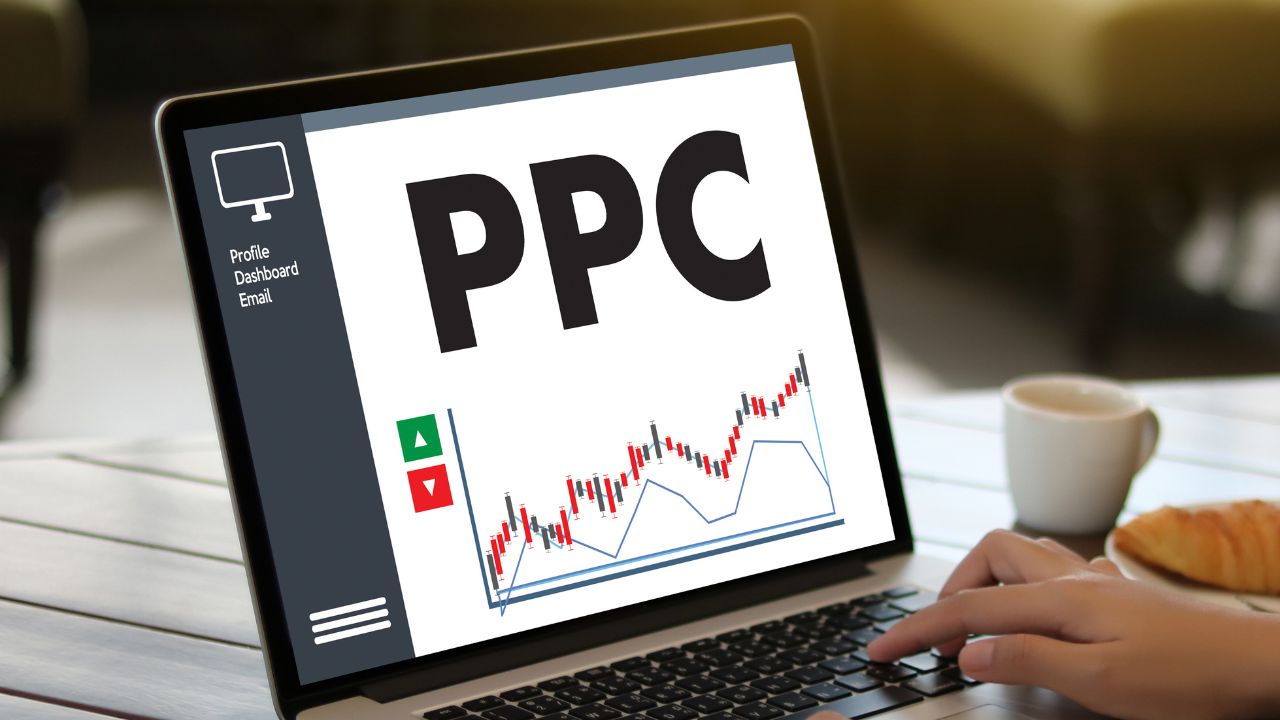Click-through rate (CTR) is a vital metric that tells you how many users click on your links compared to how many see them. Essentially, it reflects how appealing and relevant your content is to your audience.
If you manage a website, run ads, or handle email campaigns, understanding how to boost CTR is important. It can greatly improve your digital marketing success.
SEO strategies play a crucial role in improving CTR, as they help optimize your web pages to attract more users. This blog dives deep into actionable SEO tips and techniques you can use to enhance your CTR and gain an edge over your competition.
What is CTR, and Why is it Important?
CTR, or click-through rate, is calculated as a percentage by dividing the number of clicks by the number of impressions. For example, if 100 people see your link and 10 click on it, your CTR is 10%.
CTR is important because it directly affects key performance indicators like website traffic, ad costs, and conversions. Here’s why you need to care about improving it:
- Higher Search Rankings: Google’s algorithm prioritizes pages with higher engagement. If your CTR is strong, it signals relevance, improving your rankings.
- More Organic Traffic: A better click-through rate (CTR) means more people click on your links. This leads to more traffic without needing paid ads.
- Better ROI: Improving your click-through rate (CTR) means more people will visit your site. This lowers bounce rates and boosts conversion rates.
An effective way to boost CTR is by optimizing your web pages with targeted SEO strategies. Here’s how you can achieve that.
1. Create Enticing Title Tags
Your title tag is often the first thing users see in search engine results, making it a key factor in persuading them to click. Optimizing your titles can make a dramatic impact on your CTR.
- Use Attention-Grabbing Words: Words like “Proven,” “Quick,” and “Essential” catch the eye. For instance, “How to Boost CTR with Proven SEO Strategies” is more compelling than “How to Boost CTR.”
- Keep Titles Concise: Stick to 50-60 characters to avoid having your titles truncated in search results.
- Reflect the Content: Make sure your title accurately represents the value of your page. Misleading titles can hurt trust and long-term engagement.
A strong title is the first step toward improving CTR, so spend time crafting one that stands out.
2. Write Effective Meta Descriptions
Meta descriptions act as summaries of your content and play a significant role in influencing clicks. While they don’t directly impact search rankings, they affect user behavior.
- Include the Keyword Naturally: Use “how to boost CTR” in your description. This helps show readers that your page is relevant.
- Focus on Solutions: Highlight the benefits your page offers. For example, “Learn how to boost CTR with actionable SEO tips that drive traffic and conversions.”
- Add a Call-to-Action (CTA): Phrases like “Discover” or “Learn more” add urgency and encourage clicks.
Think of your meta description as your chance to convince users to choose your link over countless others.
3. Optimize Content for Search Intent
Search intent refers to the goal behind a user’s query. Are they looking for information, a service, or a specific product? Understanding intent is vital for improving CTR.
Here’s how you can match your content to intent:
- For informational intent, such as “how to boost CTR,” create detailed guides with actionable insights.
- For transactional intent, ensure your page emphasizes the next steps, like contacting a service.
By aligning your content with user intent, you ensure that people are more likely to click through and engage with your page.
4. Use Structured Data to Stand Out
Structured data, or schema markup, enhances your listing with rich snippets like star ratings, prices, or direct FAQs. These visual enhancements make users more inclined to click.
For example, using a “HowTo” schema on this blog could show a step-by-step guide in search results. This would make the blog seem more valuable. Adding structured data where appropriate ensures that your links are both noticeable and relevant.
5. Focus on Search-Friendly URLs
Your URL serves as another clue for users deciding whether to click your link. Optimizing it can improve both visibility and CTR.
- Use simple, descriptive URLs that include your focus keyword. For instance, “www.example.com/how-to-boost-ctr” is easy to understand and feels more trustworthy.
- Avoid using excess characters or overly long URLs, as they can appear cluttered and unprofessional.
A readable URL adds to your credibility and encourages clicks.
6. Adapt for Mobile Users
About 60% of online searches now happen on mobile devices. This means optimizing for mobile is essential to increase CTR. Here’s how to ensure your pages perform well on mobile:
- Invest in a mobile-responsive design that adjusts layout and content dynamically.
- Make sure buttons, links, and CTAs are easy to click on smaller screens.
- Compress images to speed up loading time.
If your website isn’t mobile-friendly, potential traffic and clicks will go elsewhere.
7. Improve Loading Speed
User patience is thin. If your page doesn’t load in under three seconds, people might leave before it even displays. This negatively impacts CTR and other metrics.
Speed up your site by compressing images, enabling browser caching, and opting for a high-performance hosting service. Tools like Google PageSpeed Insights can help identify loading issues to fix.
8. Use Engaging Media
Visual content has a significant impact on CTR. You can capture user attention by implementing engaging images, infographics, and videos into your content.
- Ensure your images are relevant, high-quality, and properly optimized for SEO. Use descriptive alt text, naturally incorporating “how to boost CTR.”
- Position videos prominently—they also appear as standalone results on Google, opening another avenue for clicks.
Good visuals are as persuasive as well-written text, so leverage them effectively.
9. Conduct A/B Testing
A/B testing lets you experiment with different elements to see what resonates best with your audience. For example:
- Test two variations of a blog title (e.g., “Proven Ways to Boost CTR” vs. “How to Boost CTR Quickly”).
- Compare different CTAs in your descriptions or headlines.
This data-driven approach lets you refine your strategy for maximum CTR impact over time.
10. Target Long-Tail Keywords
Long-tail keywords are highly specific search phrases that target niche audiences. They typically have lower competition, making it easier to rank and attract clicks.
For example, “how to boost CTR with SEO techniques” is more specific. It is likely to attract motivated users. This is better than broad terms like “boost CTR.” Finding these focused terms can help your link reach the right people.
11. Build Internal Links
Internal linking connects pages in ways that encourage readers to explore more of your site. It’s also a great way to strengthen the authority and relevance of individual pages.
Use anchor text like “check out our guide on how to boost CTR for websites” to direct readers seamlessly to related content. By doing so, you enhance engagement and provide a better user experience.
12. Leverage Local SEO
For location-specific queries, using local SEO can drive more clicks. Techniques include:
- Adding location-specific keywords to titles and descriptions where appropriate.
- Listing your business on local directories and optimizing your Google My Business profile.
Local listings always stand out in search results when users search for nearby solutions.
13. Update Older Content
Refreshing outdated content ensures it remains relevant and competitive. Search engines favor updated pages, so revisit old posts to:
- Update trends, facts, or figures.
- Add new keywords like “how to boost CTR” if applicable.
- Improve readability and structure with updated meta information.
This keeps your pages engaging and ensures they rank well over time.
14. Craft Compelling CTAs
Your content itself plays a huge role in driving clicks. End on a strong, actionable CTA designed to inspire users and tie back to your offerings.
Using SEO strategies to effectively boost CTR can lead to increased web traffic, better engagement, and more conversions. However, implementing these steps requires consistency, expertise, and often, a fresh perspective.
If you’re looking for tailored solutions to amplify your CTR and overall digital presence, MacroHype is here to help. Their expert team specializes in designing and executing impactful SEO strategies that deliver results. Don’t leave clicks on the table—connect with MacroHype today!





